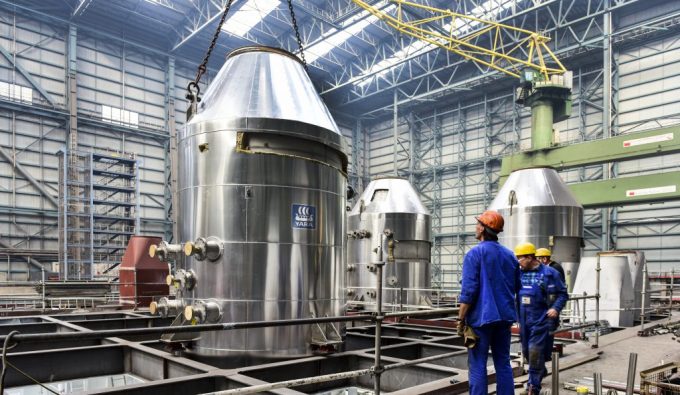
By Mike Wackett
The decision on whether to invest in scrubber technology on containerships, ahead of the IMO’s 0.5% sulphur cap on 1 January 2020, has resulted in ocean carriers adopting a “polarised” approach, according to an Alphaliner survey.
Moreover, the for and against opinion of carriers on the ...


Comment on this article
Andy Lane
November 08, 2018 at 5:52 amIn response to the question in the article.
The cost of a Maersk slot on a MSC vessel is essentially the same as the cost of a Maersk slot on a Maersk vessel. Slots are exchanged without direct cost incurred based on the overall contribution of capacity by the partners within an Alliance or VSA.